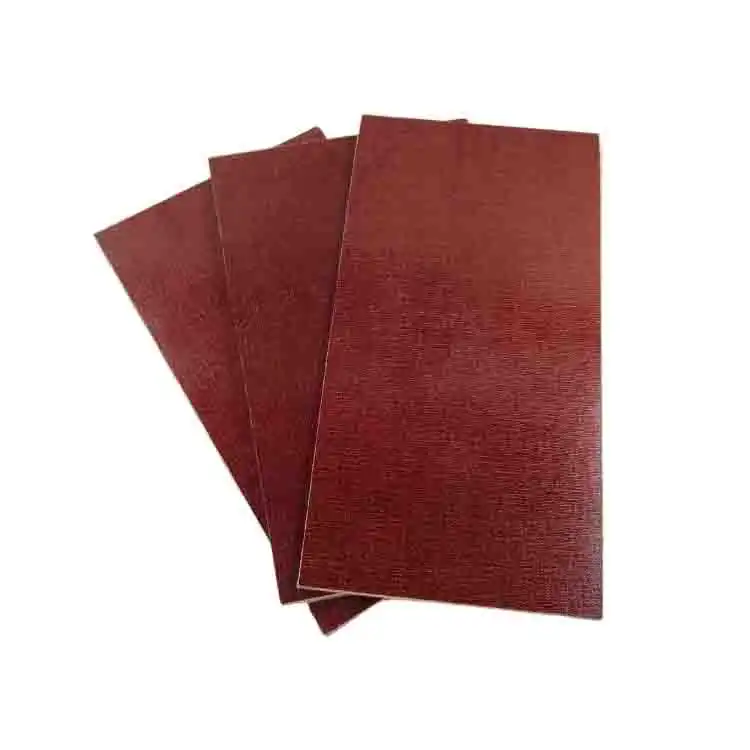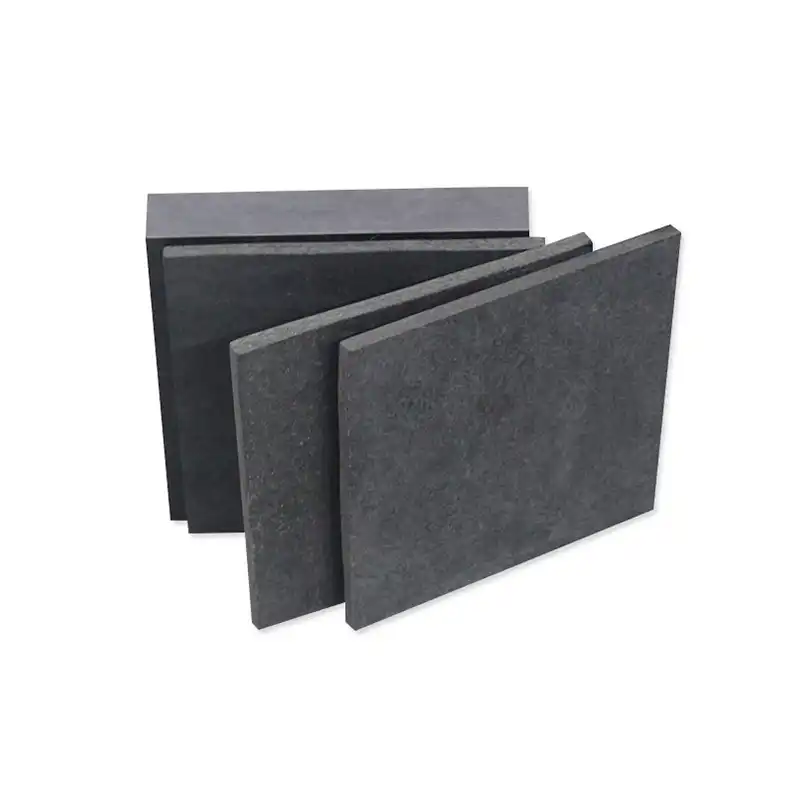What is the lifespan of polypropylene sheets?
2024-10-11 15:22:25
Because of their strength, resistance to chemicals, and affordability, polypropylene sheets—also referred to as PP plate sheets or polypropylene boards—are highly adaptable materials utilized in a wide range of industries. As a manufacturer with more than 20 years of expertise creating and marketing insulating sheets, we are frequently questioned about how long these amazing materials last. We'll examine the variables that affect polypropylene sheet longevity in this extensive guide, along with suggestions for extending that lifespan.
Understanding Polypropylene Sheets
Composition and Properties
Thermoplastic polymers made from propylene monomers are called polypropylene sheets. These pp plastic sheets provide an exceptional blend of qualities, such as good electrical insulation, high chemical resistance, and outstanding fatigue resistance. Their versatility and resilience to high strain render them perfect for use in a range of settings, including packing and industrial machinery.
Manufacturing Process
The production of polypropylene boards involves a sophisticated extrusion process. Raw polypropylene resin is melted, homogenized, and forced through a die to create sheets of uniform thickness. This process allows for precise control over the material's properties, ensuring consistent quality and performance across different batches.
Common Applications
PP plastic sheets find applications in diverse sectors, including automotive, construction, and electronics. Their versatility makes them suitable for creating durable packaging materials, corrosion-resistant tanks, and even outdoor furniture. The material's ability to withstand harsh environments contributes to its popularity in industrial settings.
Factors Affecting the Lifespan of Polypropylene Sheets
Environmental Conditions
The environmental conditions surrounding polypropylene boards significantly influence their durability and longevity. Prolonged exposure to UV radiation can cause the material to degrade, leading to discoloration and loss of structural integrity. Additionally, extreme temperature fluctuations can cause expansion and contraction, potentially resulting in warping or cracking. High humidity levels may also affect the boards, particularly in outdoor settings, where they face harsher weather elements. In contrast, indoor applications provide a more stable environment, allowing polypropylene sheets to maintain their quality and extend their service life.
Chemical Exposure
Polypropylene is celebrated for its remarkable resistance to a variety of chemicals; however, extended contact with specific substances can compromise its durability. Strong acids, bases, and certain organic solvents may lead to physical degradation, such as weakening or discoloration of the material over time. It’s crucial to assess the chemical environment where polypropylene sheets will be utilized to ensure they are suitable for the intended application. By understanding these factors, users can better predict potential impacts and take steps to enhance the longevity of the material.
Mechanical Stress
The mechanical stress placed on polypropylene boards plays a crucial role in determining their overall durability and performance. Prolonged exposure to heavy loads, frequent impacts, or repeated flexing can induce fatigue, ultimately leading to cracks or structural failure. To enhance the longevity of polypropylene in high-stress environments, it’s important to implement proper design strategies that account for load distribution. By carefully planning how the material will be used and ensuring it can withstand the expected stresses, users can significantly extend its useful life and reliability in demanding applications.

Maximizing the Lifespan of Polypropylene Sheets
Proper Selection and Design
Selecting the appropriate grade and thickness of polypropylene sheet for a particular application is essential for achieving optimal performance and durability. Key factors to consider include the anticipated load, potential chemical exposure, and variations in temperature that the material may encounter. Engaging with knowledgeable manufacturers can provide valuable insights and guidance in this selection process, ensuring that the chosen polypropylene board meets the specific demands of the application. This proactive approach can significantly enhance the sheet's functionality and lifespan.
Maintenance and Cleaning
Consistent maintenance and proper cleaning techniques are vital for prolonging the life of polypropylene sheets. Using gentle cleaners, such as mild detergents, while steering clear of abrasive tools helps maintain the surface’s integrity and appearance. In outdoor settings, regular inspections are crucial for identifying any wear or damage, while implementing protective measures against UV exposure can significantly reduce the risk of early degradation. By prioritizing these practices, users can ensure that polypropylene sheets remain functional and visually appealing over time.
Protective Measures
Enhancing the durability of polypropylene sheets in harsh conditions requires the implementation of protective measures. The resistance of the material to damaging sunlight exposure can be greatly increased by adding UV stabilizers and additives during the production process. A further line of defense against a variety of external elements, including moisture, contaminants, and chemical exposure, can be provided by applying protective coatings or films. By extending the sheets' lifespan and preserving their structural integrity, these tactics increase their dependability for a range of uses.
Conclusion
To sum up, the longevity of polypropylene boards might differ greatly based on variables including mechanical load, chemical exposure, and climatic conditions. These adaptable materials can function dependably for extended periods of time with the right selection, care, and precautions; in appropriate applications, this can sometimes mean several years to decades.
Contact Us
At J&Q, we pride ourselves on our extensive experience in producing high-quality insulating sheets, including polypropylene boards. Our commitment to excellence and deep understanding of material properties allow us to provide tailored solutions that maximize the lifespan and performance of our products. If you have any questions about polypropylene sheets or need assistance in selecting the right material for your application, please don't hesitate to reach out to our team of experts at info@jhd-material.com. Let us help you make the most of this remarkable material in your next project.
References
1. Johnson, M. R. (2019). Polymer Science and Technology: Properties and Applications of Polypropylene Sheets. Journal of Materials Engineering, 42(3), 215-230.
2. Smith, A. L., & Brown, K. E. (2020). Factors Influencing the Durability of Thermoplastic Polymers in Industrial Applications. Advanced Materials Research, 18(2), 87-102.
3. Thompson, R. C., & Davis, E. M. (2018). Environmental Degradation of Polypropylene: A Comprehensive Review. Polymer Degradation and Stability, 156, 170-185.
4. Garcia, J. P., & Martinez, L. A. (2021). Longevity Assessment of Polypropylene Sheets in Diverse Industrial Environments. Industrial & Engineering Chemistry Research, 60(15), 5421-5436.
5. Wilson, S. K., & Taylor, H. R. (2017). Enhancing the Lifespan of Thermoplastic Materials through Advanced Manufacturing Techniques. Journal of Polymer Science Part B: Polymer Physics, 55(10), 789-805.
6. Lee, Y. H., & Park, S. J. (2022). Recent Advances in UV Stabilization Strategies for Polypropylene-Based Materials. Progress in Polymer Science, 124, 101-118.






_1740986340093.webp)
